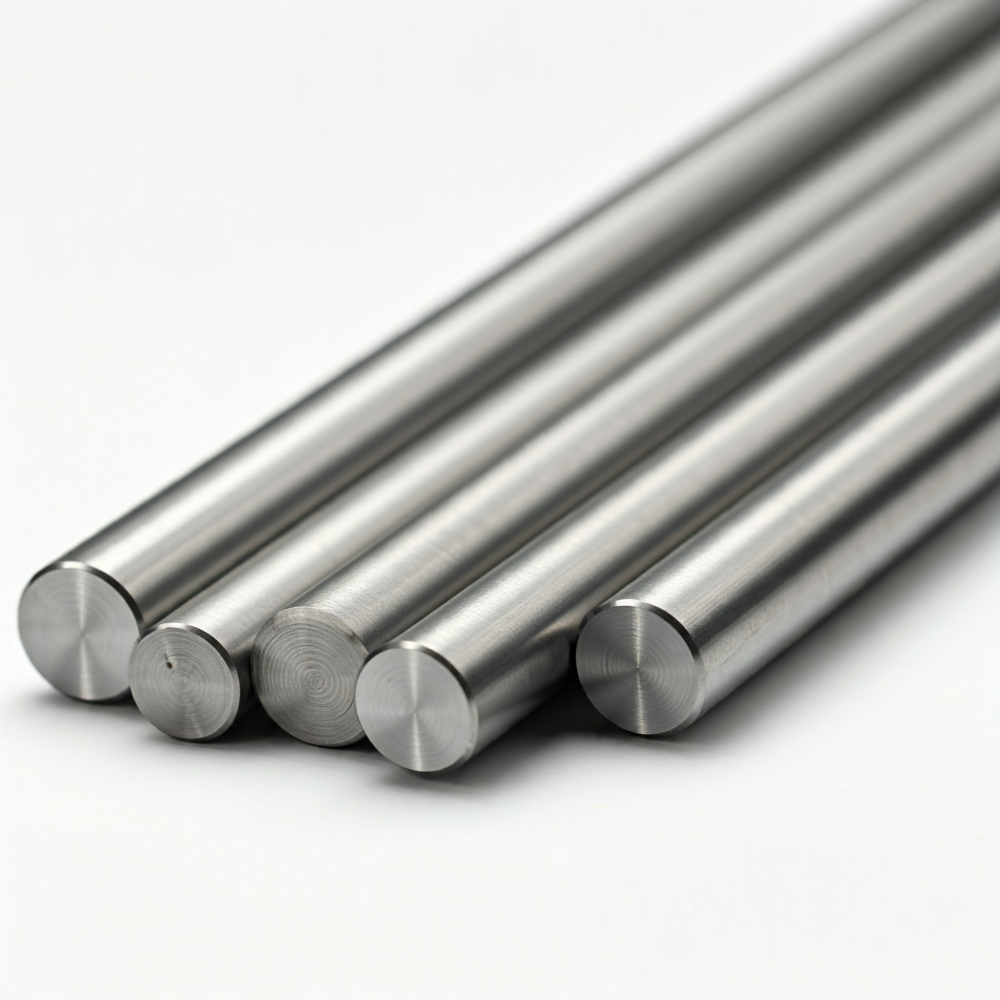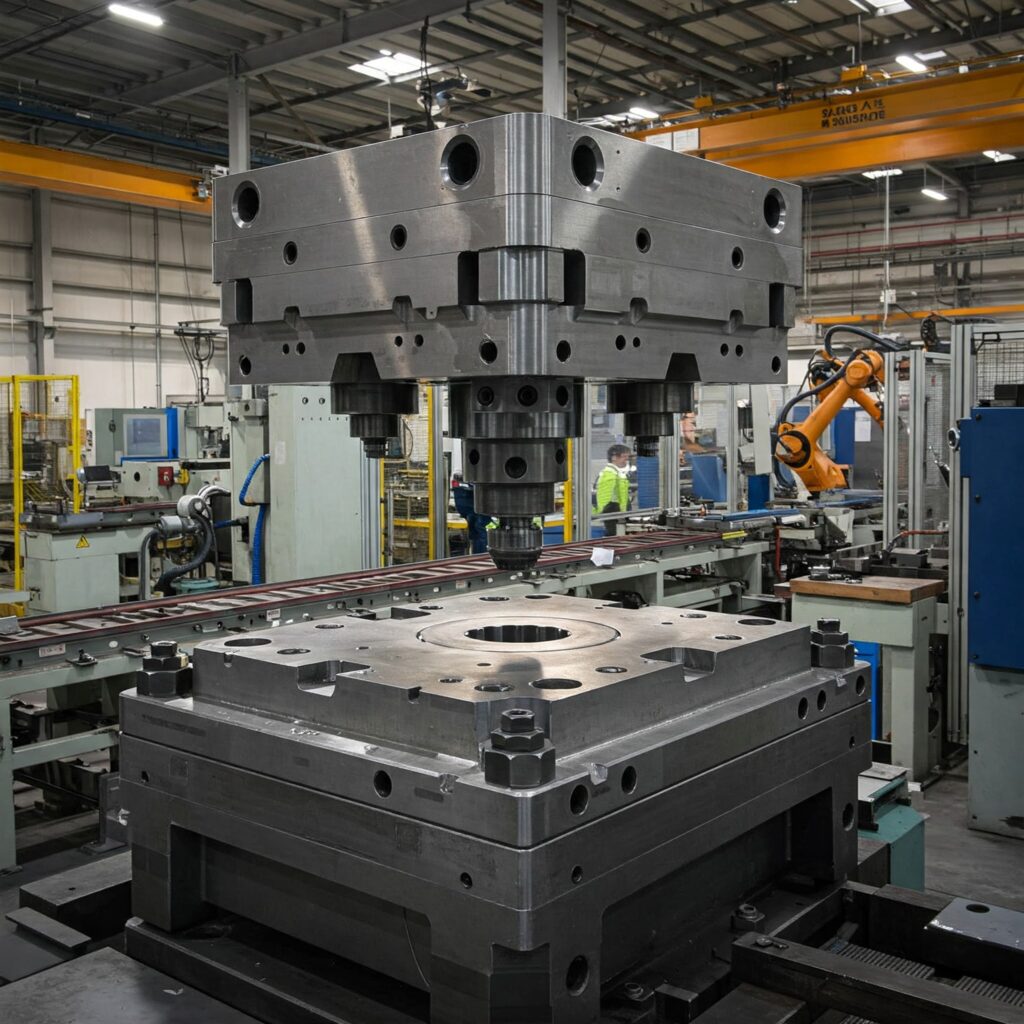Tool steels are classified in different ways based on country standards. These include the United States, China, Europe, Germany, and Japan. They also have special names created for marketing. This variety makes it hard to identify a tool steel by its name. It is also difficult to compare steels from different standards and manufacturers. The following sections detail the Japanese (JIS), American (ASTM), International (ISO), and European (EN) methods of steel grade designation.
American (ASTM) Steel Grades
Several societies and associations in the United States are engaged in steel standardization work. The main organizations involved in the standardization of steel material standards include:
AISI — American Iron and Steel Institute
ACI — American Cast Iron Institute
ANSI — American National Standards Institute
ASTM — American Society for Testing and Materials
SAE — Society of Automotive Engineers
ASME — American Society of Mechanical Engineers
AWS — American Welding Society
The American Society for Testing and Materials (ASTM) standards are widely used for steel materials. It represents the consensus of the standard-setting bodies, steel companies, and users, which is why it is widely adopted.
American Tool Steel Grade Identification
- Carbon Tool Steel (ASTM A686-2016): Represented by W×.
- Alloy Tool Steel (ASTM A681-2015):
- H1× – Medium carbon, high chromium hot work tool steel.
- H2× – Tungsten-based hot work tool steel.
- H4× – Molybdenum-based hot work tool steel.
- A× – Air-hardened cold work tool steel.
- D× – High carbon, high chromium cold work tool steel.
- O× – Oil-quenched cold work tool steel.
- S× – Shock-resistant tool steel.
- P×× – Low carbon tool steel (including plastic mold steel).
- F× – Carbon tungsten alloy tool steel.
- L× – Special purpose tool steel.
- 6G or 6F× – Other tool steels.
- High-Speed Tool Steel (ASTM A600-2016):
- T× – Tungsten-based high-speed tool steel.
- M× – Molybdenum-based high-speed tool steel.
- M5× – Intermediate type high-speed tool steel.
Japanese (JIS) Steel Grades
The Japanese Industrial Standards (JIS) are used to classify steel grades in Japan. A typical JIS steel grade consists of the following parts:
- Prefix Letter: ‘S’ denotes steel, while ‘F’ represents iron.
- Middle Component: English letters or Romanized Japanese characters indicate the steel’s purpose, type, and whether it is a cast or forged product.
- Numerical Component: This refers to the steel grade, material number, or sometimes the minimum tensile strength in MPa.
- Suffix Letter (Optional): Added to specify the shape, manufacturing method, or heat treatment.
Japanese Tool Steel Grade Designation
- Carbon Tool Steels: Designated as SK××, where ‘××’ indicates the average carbon content. For example, in JIS 4401:2009, ‘Carbon Tool Steels,’ there are 11 grades.
- Alloy Tool Steels (JIS G4404:2015):
- SKS×(×) – For cutting and impact-resistant tools.SKD× and SKT× – Represent hot-work tool steels. For example, SKD11 tool steel.
- Cold-work tool steels are also designated as SKS×(×) and SKD×(×).
- High-Speed Tool Steels (JIS G4403:2006): These include tungsten-based, powder metallurgy, and tungsten-molybdenum high-speed tool steels, designated as SKH× followed by one or two digits.
International Organization for Standardization (ISO)
ISO steel standards, particularly those issued after 1986, are aligned with the European Standard (EN) grade system. This system is based on the German DIN standard but has been enhanced to improve communication between nations.
European Committee for Standardization (EN)
In 1992, the European Committee for Standardization introduced the EN 10027 steel naming system. This standard, specifically EN 10027-1:2016, uses symbols (including chemical element symbols) and numbers to denote steel grades. Although EN is the current designation, the numbers remain the same as the former DIN numbers, which are more widely recognized in the industry.


